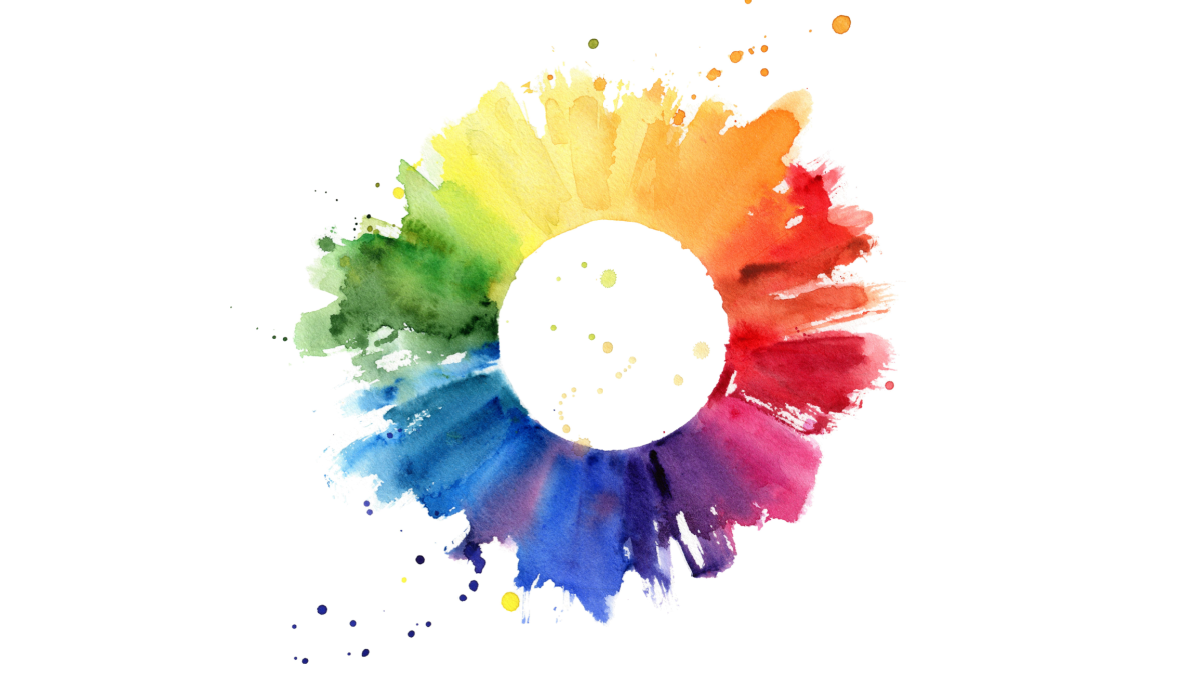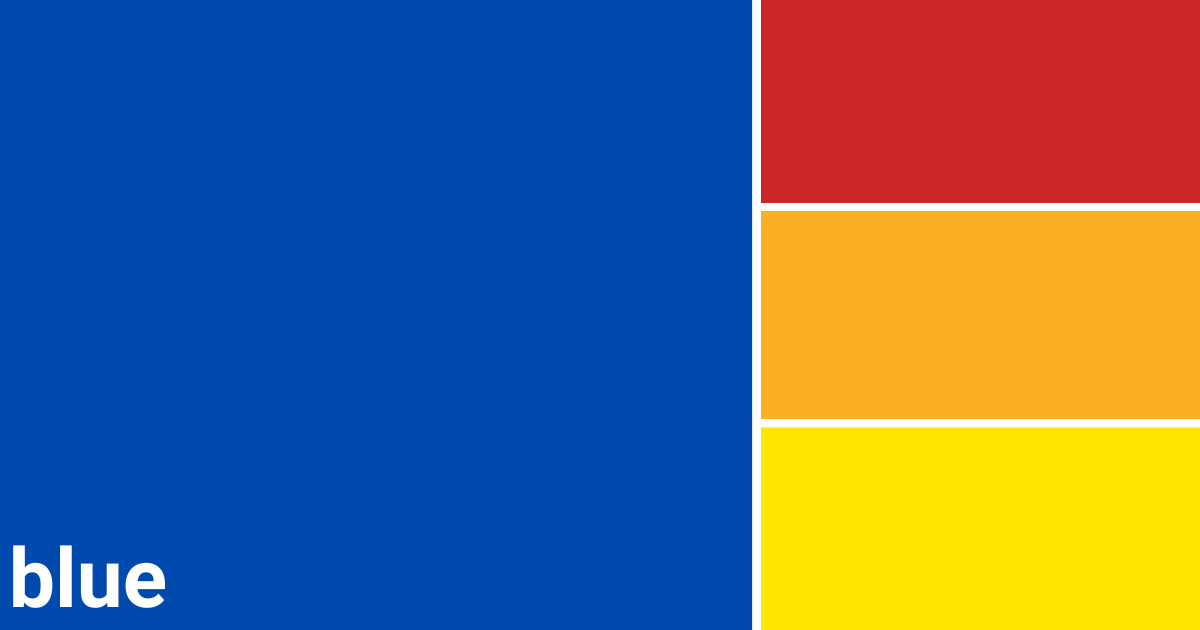Whether you’re launching a new brand, or considering a significant rebrand, picking the right colors is crucial.
The wrong color can tank lead generation, lose business, or worse, get you called out for poor style.
We just can’t let that happen to our fellow founders.
That’s why we’ve created this article, discussing how to pick complementary colors for your brand, and why a strong brand color palette is so important for the success of your business.
Let’s jump in and learn how to make a splash.
What are Complementary Colors?
Before we just jump straight in, we should probably address what a complimentary color is.
Sadly, it is not a color that tells you that you look great or that you’re making great progress in the gym. That isn’t possible (although, with how fast AI is advancing, it might be soon).
Simply put, complementary colors are pairs of colors that, when combined, cancel each other out, producing a grayscale color or white light, and are located opposite each other on the color wheel.
For business, brand colors that complement each other are much easier on the eye and can help give off a professional and quality perception of your brand.
Your brand palette should show off your intended brand personality, as brand colors will be one of the first things a potential customer sees when interacting with your brand online.
Don’t Skip: Namestorming – How to Choose a Brand Name in 20 Minutes or Less
Why are They so Important?
It makes your brand impactful
With so much competition online for audience attention, you need a brand that makes an impact. It’s easier and more important than ever for almost all industries to have a prominent online presence, and trying to reach your target audience can sometimes feel harder than trying to find your friends in a bar when it’s their round.
A complementary color palette creates brand recognition that shows off your brand identity and personality.
Now if we could just figure out how to get Jack to pay for a round of drinks…
Stick in your target audience’s mind
Not only does a seamless color scheme make an impact, but it’s also memorable. Our brains recognize colors and shapes before words. So, color palettes that stick in your target audience’s mind make them more likely to choose your business when they are in the market for the product or services you provide.
Highly versatile
By utilizing complementary colors, you also make your brand highly flexible, which is necessary for marketing it across multiple channels. For example, you need a color palette that can get used on your social channels just as easily as a t-shirt or mug.
When you look good you feel good
Finally, the right color combo makes your brand look good! And you started a business to create something memorable, not bland. Colors can determine what your target audience thinks of your brand, and many will determine how high-quality your service is, your professionalism, and other key elements, all just from the colors you choose.
How to Pick a Complementary Color Scheme for Your Brand
Okay, now you know just how important picking complementary brand colors are; you probably want to know how to pick the right ones for your brand.
We hear ya!
The first thing you need to do is establish your brand’s primary color. An easy way to get inspiration is to look at the best businesses in your industry while also being careful not to copy what they are doing.
After all, you don’t want your incredible new color palette to get mistaken for theirs, do you?
But looking at competitors can provide inspiration and even identify a potential gap you can exploit.
Once you have your primary color, it’s time to consult the color wheel! Sadly, not quite as exciting as spinning a wheel of chance, the color wheel will show you the color directly opposite to your chosen color, which will be your complimentary color.
Here are some color wheel pickers that make it easy:
- Canva’s color wheel (beginners)
- Adobe Color’s color wheel (advanced)
Test out your colors on some of your branding and text to see if that color combination fits your vision. Once you’re happy after the tests, you’re good to go!
Complementary Colors Cheat Sheet
Blue complementary color
Blue complementary colors are shades of red, orange, and yellow.
Green complementary color
Green complementary colors are shades of purple, pink, and red.
Red complementary color
Red complementary colors are shades of blue and green.
Purple complementary color
Purple’s complementary color is shades of green.
Orange complementary color
Orange’s complementary color is shades of blue.
Pink complementary color
Pink’s complementary color is shades of green.
Yellow complementary color
Yellow’s complementary color is shades of blue.
Brown complementary color
Brown’s complementary color is shades of blue.
Frequently Asked Questions About Creating a Brand Color Palette
Why is it important to choose the right colors for your brand?
Choosing the right colors for your brand is crucial as they evoke emotions, convey messaging, and establish a distinct identity, influencing how consumers perceive and connect with your products or services.
How do you choose a complementary color?
Choose a complementary color by selecting the hue opposite to your primary color on the color wheel, creating a visually striking and balanced contrast.
What are complementary colors in branding?
Complementary colors in branding are pairs of colors positioned opposite each other on the color wheel, used to create a visually impactful and harmonious contrast that enhances brand recognition and messaging.
Keep Learning: How to Choose the Right Color for Your Logo – The Ultimate Cheat Sheet
Bring Out Your Brand Personality and Grow Your Brand Recognition
Help your brand stand out and prosper by downloading our free training for entrepreneurs today.


























